I made a measurement using thermocouple to measure the case temperature of my TO-220 linear regulator (L7809). I'll be using degrees celsius for all temperature units and degree Celsius/Watt for all thermal resistances.
Using 2 L7809 samples (or more accurately, using 2 sample PCB assembly with the L7809), I found Tcase = 100.5 °C at ambient temp Ta = 27 °C.
The L7809 datasheet has the following details:
Max operating junction temperature = 125 °C
Rjc (thermal resistance junction to case) = 5 °C
Rja (thermal resistance junction to ambient) = 50 °C
Iq (quiescent current) = 6 mA
I computed the power to be dissipated by the regulator (Pdiss) using my measured input (Iin) and output (Iout) currents. In the end, I used simplification that Iin = Iout since from datasheet, Iq >> Iin measured. With Iin = 164 mA, Vin = 24 V and Vout = 9 V for L7809, I got Pdiss = 2.8536 W.
Now I used thermocouples and thermometers to measure ambient and case temperatures of L7809 in our PCB assembly. I waited for thermocouple reading on case temperature to stabilize before recording. On two samples, I got 100.5 °C and 95 °C readings. Discrepancy may be because of attachment. I just used kapton tape on attaching the thermocouple junctions. I used the worst case value of 100.5 °C.
Now I know this is the case temperature only. From what I understand, junction temperature is a little higher than this and the value that should be compared to max operating junction temp on datasheet should be junction temperature.
I wanted to estimate junction temperature using my measured case temp = 100.5 °C I used formula (eqn 1):
Tj = Tc + (Pdiss x Rjc) = 100.5 + (2.8536 x 5) = 114.768 °C
Tchange = Tj - Ta = 114.768 - 27 = 87.768 °C
Our PCB assembly is required to operate at max ambient = 50 °C. Therefore, I am expecting that at 50 °C ambient, the Tj = Ta + Tchange = 50 + 87.768 = 137.768 °C >> Max operating junction in datasheet = 125 °C.
My problem is that in one technical note (spra953c), it pointed out that eqn 1 I used is misused.
I am confused if I really misused it because my case in not simply an IC regulator but an IC regulator + heatsink (presumably high efficient). I cannot give details on heatsink thermal resistances because I have no part code details of it (I believe this is custom made). But assuming high efficient heatsink, wouldn't heat flow from junction be almost entirely:
junction -> case -> sink -> ambient
Meaning, I could assume that very little heat (from 2.8536 W) would flow from:
junction -> case -> TO-220 leads -> PCB -> ambient
In effect, I wanted to know if eqn 1 misuse (as stated in technote) is only misused if the package is not attached to high efficiency heatsink. From its wording, the fallacy is no longer valid if a high efficient heatsink is attached.
Image source: Texas Instruments: Semiconductor and IC Package Thermal Metrics (SPRA953C), p7
